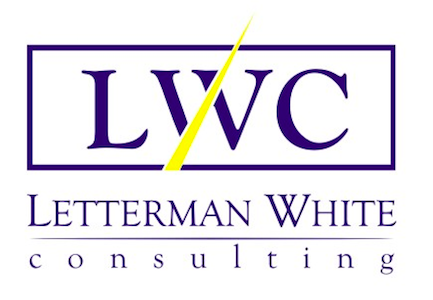Two large government agencies sought a shift of their internal workplace leadership culture. Multi-session Inclusive Leadership Development programs were created and delivered with a team of 7 facilitators. A classic Organization Development collaborative approach framed the project and contained planning, one-on-one interviews for the data collection, analysis, and feedback phases, program development, and highly experiential workshop.
The second agency engaged the LWC team based on the success of the first agency. That project involved working closely with the CEO and Assistant Secretary Office of Diversity and Civil Rights . Susan White led the project planning and implementation. A group representing people from all organizational levels and departments participated in one-on-one interviews with White and then discussed the data collected about current DEI initiatives, challenges, and objectives . This data-driven approach culminated in 3 highly-experiential virtual workshops for approximately 30 senior leaders, delivered virtually on Zoom with break-out sessions during the Covid pandemic. The second agency expanded the program to 6 workshops for 60 people, requiring LWC to scale up the initiative.
The program methodology integrated two key frameworks:
The Kolb Learning Model - blending concrete learning, experiential exercises, and reflection; and
Social Construction Theory - leveraging the principle that conversations about change catalyze actual change.
Workshop Series Structure:
Workshop 1: Building Inclusive Leadership Foundations
Incorporated pre-work including a growth mindset assessment;
Explored unconscious bias in decision-making and problem-solving;
Examined power dynamics between dominant and non-dominant demographics;
Developed strategies for recognizing and engaging employee differences and diversity; and
Explored enhanced techniques for fostering inclusive participation.
Workshop 2: Communication and Psychological Safety
Utilized a commercial communication assessment that raised awareness of different communication styles and approaches for adapting communication styles to reduce tension and unnecessary conflict;
Enhanced capabilities for listening to employees raise difficult topics of racism, exclusion, and inequities;
Built frameworks for creating safe spaces for employee concerns; and
Strengthened feedback mechanisms to improve equity and inclusion
Workshop 3: Addressing Structural Racism
Analyzed real-world cases, including Lisa Cook's research publication challenges
Conducted hands-on examination of talent cycle processes
Developed strategies for embedding equity in evaluative decisions of Talent Cycle
Created frameworks for attracting and retaining a diverse group of employees across all Talent Cycle phases
Critical success factors included:
Strong executive sponsorship from both CEO and Assistant Secretary;
Data-driven program design based on organizational interviews;
Vocal support and participation of CEO and Assistant Secretary; and
Collaborative, OD approach, which integrated efforts with broader organizational DEI culture initiatives.

